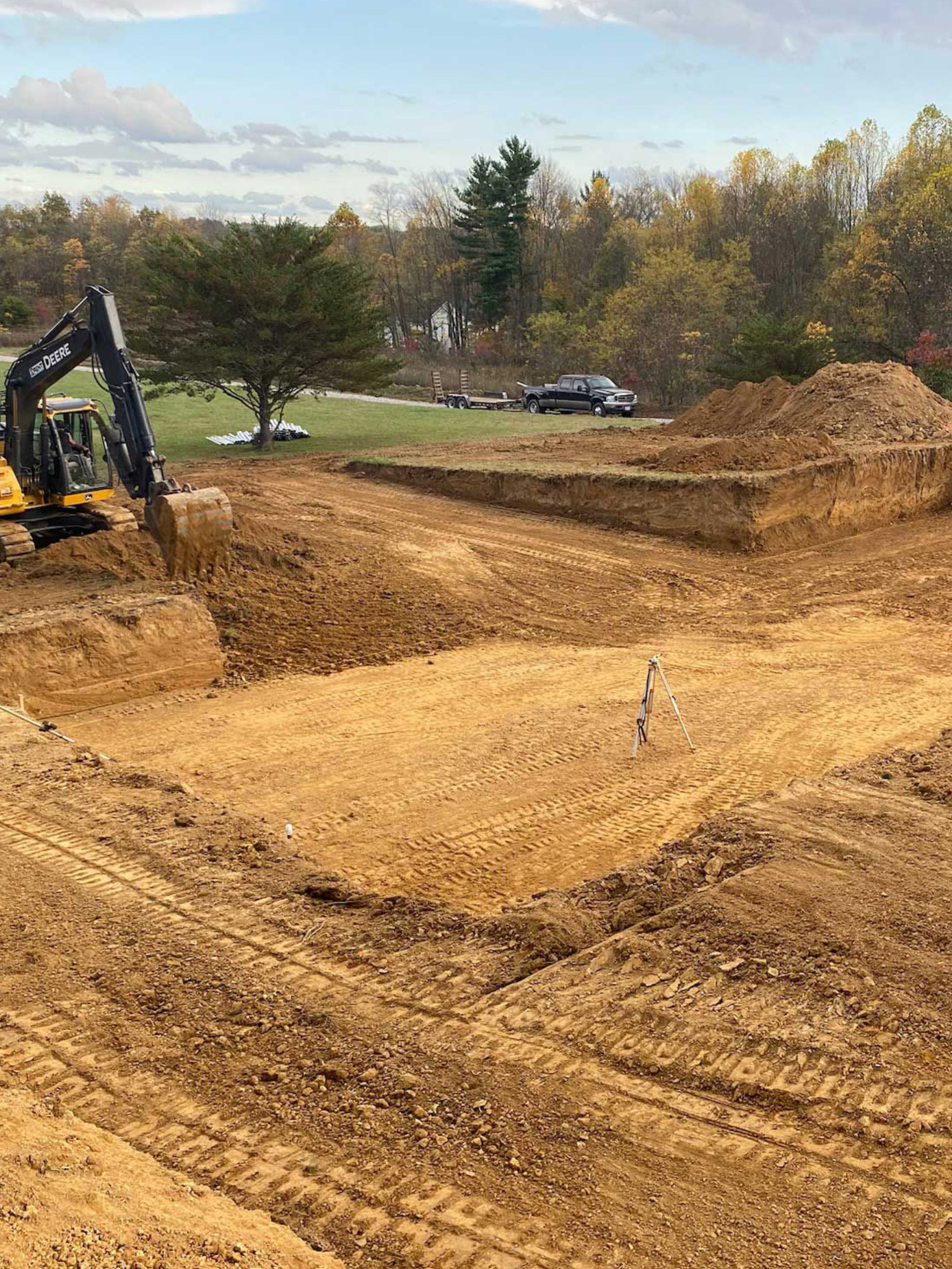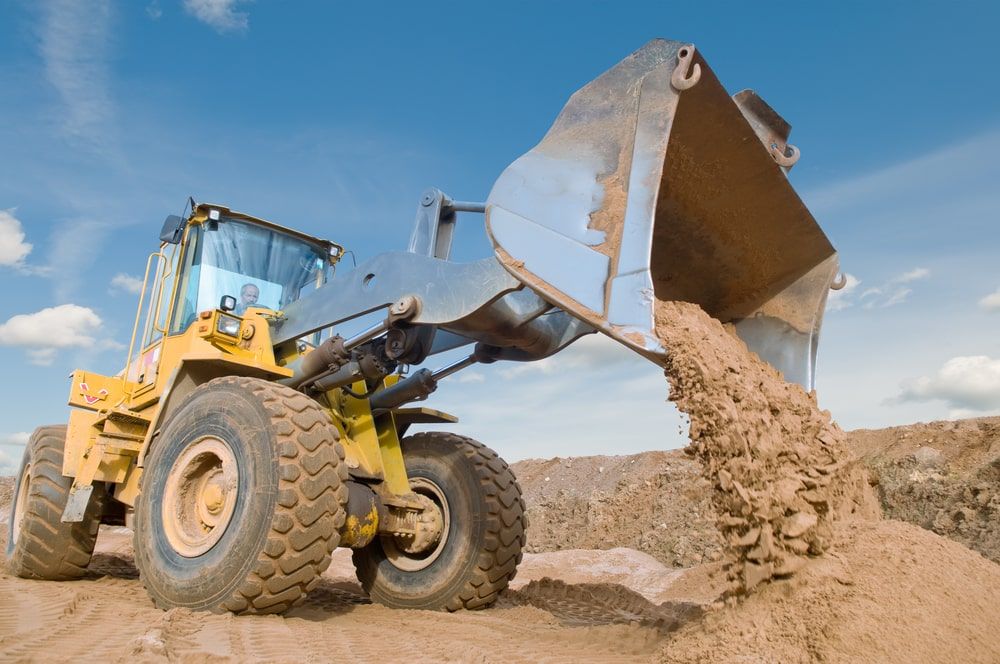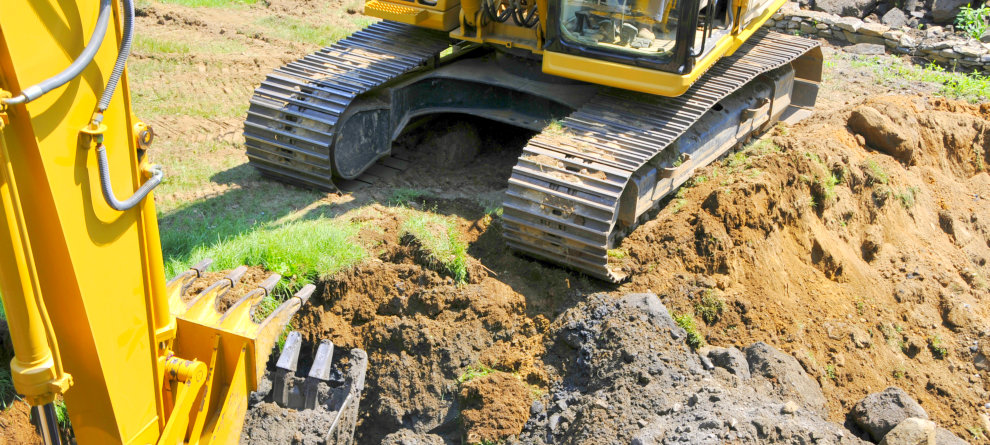Lancaster Excavation - Expert Excavation Providers in Lancaster, OH
Lancaster Excavation - Expert Excavation Providers in Lancaster, OH
Blog Article
Unveiling the Art of Excavation: Pro Tips for Safe and Effective Digging
In the world of excavation, the mastery of safe and productive digging is an art type that requires accuracy, understanding, and adherence to well established practices. As soil is turned and earth is moved, the intricacies of excavation expose themselves, demanding a keen understanding of devices, dirt composition, safety methods, and environmental factors to consider. The competence needed to navigate these elements successfully can imply the distinction between a successful excavation task and a prospective disaster. By deciphering the layers of this elaborate process, a globe of strategies and insights waits for those looking for to elevate their excavation abilities to brand-new heights.
Value of Correct Tools
To make sure the safety and performance of any kind of excavation project, utilizing the suitable equipment is extremely important. Excavation jobs differ in extent and intricacy, varying from small domestic landscaping work to large building and construction undertakings.
These functional makers come in various dimensions to fit different project requirements. Small excavators are optimal for smaller sized jobs, while bigger excavators tackle a lot more comprehensive jobs efficiently.
Besides excavators, various other important tools includes dump vehicles, plates, and bulldozers. Unload vehicles are important for removing and transporting excavated products, while trenchers are utilized for digging deep and slim trenches. Bulldozers succeed in tasks that need pressing large amounts of soil or debris. By purchasing the suitable devices, excavation projects can be finished securely, in a timely manner, and with accuracy.
Comprehending Dirt Make-up
A thorough grasp of soil make-up is fundamental for carrying out excavation jobs with accuracy and security. Comprehending the various kinds of dirt is essential as it straight impacts excavation methods, devices option, and total task performance. Soil composition usually consists of four primary components: sand, silt, clay, and raw material. Each element has special homes that influence how soil reacts to excavation processes.
Silt bits are smaller than sand yet bigger than clay, providing modest water drainage and cohesion. Organic issue, such as rotting plant material, impacts dirt fertility and stability.
Prior to beginning excavation, conducting dirt tests to identify its composition and characteristics is vital. This details assists in choosing the appropriate tools, executing security measures, and developing excavation techniques tailored to the specific soil conditions - septic ohio. By recognizing dirt structure, excavation specialists can improve task end results while making certain safety and security and adherence to best practices
Precaution and Procedures
Comprehending dirt structure is the cornerstone upon which precaution and methods for excavation projects are built, making certain the wellness of workers and the success of the endeavor. When it involves security throughout excavation, there are numerous essential procedures that must be applied to reduce dangers and prevent accidents.
First and foremost, prior to any kind of digging begins, a complete assessment of the site should be conducted to recognize any possible threats such as underground utilities, unpredictable dirt problems, or close-by structures that might present a threat. It is vital to have a competent person supervise the excavation process to make sure that all security methods are followed purely.
Moreover, all workers involved in the excavation has to be appropriately educated in risk-free excavating techniques and the appropriate operation of equipment. By sticking to these security measures and protocols, excavation jobs can be completed successfully and without event.
Reliable Excavation Planning
When beginning on an excavation task, meticulous preparation is important to guarantee effectiveness, safety and security, and successful results. Reliable excavation planning includes a number of vital actions that are critical for the smooth execution of the job.
When the website analysis is complete, the next action is to produce a clear timeline and routine for the excavation activities. This includes identifying the sequence of jobs, equipment demands, and workforce allowance. Appropriate scheduling aids prevent delays and guarantees that the job remains on track.

Furthermore, communication among all team members is vital throughout the planning stage. Clear instructions, routine updates, and effective control are crucial for go to the website a successful excavation project. By investing time and effort in careful preparation, excavation groups can substantially improve productivity, decrease threats, and attain successful end results.

Handling Environmental Factors To Consider
With increasing emphasis on environmental sustainability in building and construction practices, handling ecological factors to consider has become an important aspect of excavation projects. Excavation activities have the potential to influence the surrounding atmosphere via soil disintegration, sediment runoff, environment disruption, and contamination of water resources. To alleviate these risks, it is vital to carry out finest methods that prioritize ecological defense.

Additionally, correct waste monitoring is essential to avoid dirt and water contamination. Executing treatments for the disposal of harmful materials, recycling of waste materials, and decreasing making use of damaging chemicals can considerably decrease the environmental effect of excavation tasks. By integrating these practices right into excavation planning and implementation, building and construction companies can guarantee that their projects are not only secure and productive yet likewise environmentally accountable.
Final Thought
To conclude, understanding the art of excavation calls for a detailed understanding Click Here of proper equipment, dirt structure, precaution, and effective preparation. By complying with these guidelines and considering environmental elements, excavations can be performed securely and successfully. It is crucial to focus on security and efficiency in every excavating project to guarantee successful outcomes.
As dirt is turned and earth is moved, the complexities of excavation reveal themselves, demanding an eager understanding of tools, dirt composition, security procedures, and environmental factors to consider.To make why not try here sure the safety and efficiency of any kind of excavation job, making use of the suitable devices is paramount.An extensive grasp of dirt structure is fundamental for executing excavation projects with accuracy and safety and security. Recognizing the various kinds of dirt is important as it straight impacts excavation techniques, tools option, and total task effectiveness. By comprehending dirt structure, excavation professionals can boost project outcomes while making certain security and adherence to best methods.
Report this page